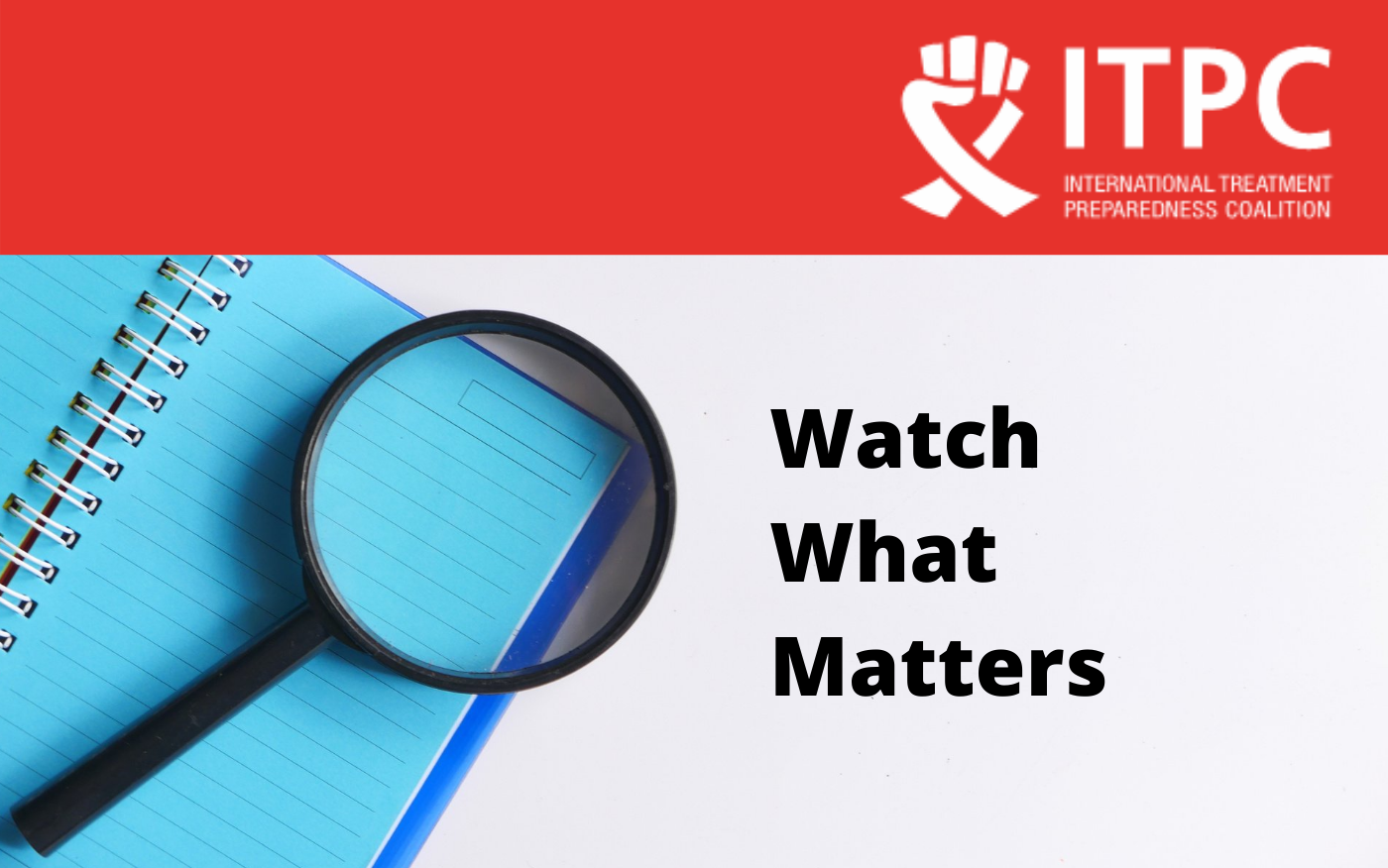Today, March 8, 2018, we observe International Women’s Day to celebrate the social, economic, cultural and political achievement of women through the story of an incredible woman who works tirelessly to improve the lives of people living with HIV:
Amina’s Story
Amina* lives in Northern Ghana, is married, and currently completing her studies in Business Management. Despite her already full plate, Amina also works as part of Ghana’s national network of people living with HIV and routinely gathers data on HIV prevention and treatment services in the country, as part of ITPC’s Regional Community Treatment Observatory in West Africa (RCTO-WA).
Through the community-led approach of the RCTO-WA, quantitative and qualitative data collected directly from the field enables monitoring along the HIV Continuum of Prevention, Care and Treatment, which then informs targeted advocacy efforts at regional, national and international levels. Data is collected at set intervals, usually every month or every three months, on indicators such as the number of HIV tests conducted or the frequency and duration of stock-outs experienced in that period for a particular clinic, hospital or community center. Similar quantitative data is also collected specific to key populations (KPs) such as sex workers and men who have sex with other men, through KP-friendly organizations, as is information about their personal experiences in accessing prevention services and treatment services.
For Amina, who is juggling all of her competing responsibilities, data collection can be a challenge. Due to pervasive stigma and discrimination in Ghana, particularly in the northern region, building and maintaining trust among people living with HIV and KP communities requires continuous effort. Many of the people living with HIV she speaks to, still hide their status from their families, and those from KP communities who are willing to share about their experiences are only willing to do so at night when they don’t risk to being seen—requiring her to work late into the night. But Amina is fully engaged in this work because she believes it is important. For her, it’s not just about data collection.
“What I like the most about this work is that the most people living with HIV don’t know about viral load testing, and we have educated them about it. If you are taking ARV drugs without doing viral load testing, you don’t know if it’s working. Even for someone like me, I didn’t know where viral load testing is available in my country. In my region, you can only find a viral load machine in Tamale Teaching Hospital.”
Regular connection with KP and PLHIV communities is also an opportunity to take stock of the issues and spread knowledge. In parts of Northern Ghana, some pregnant women prefer to forgo HIV testing for fear of receiving a positive test and having problems with their spouses. Self-stigma among people living with HIV is pervasive and HIV is still considered a limiting factor to living a productive and healthy life. Lack of knowledge is also an issue – money is often cited as a reason for not going for HIV testing, but HIV testing is free at all public hospitals and drop-in centers. Furthermore, challenges exist along the entire cascade: at some health centers, when PLHIV get a viral load test, it often takes weeks or months to get their results (if they receive them at all) because of broken processes between local health centres and centralized laboratories.
“If we want to really make a difference and eliminate HIV, we need more health centers with viral load machines… PLHIV are just taking drugs and they don’t know if the drugs are working, whether they are good for them, they don’t know.”
On this International Women’s Day, we honor the work of Amina, who represents and stands in solidarity with the data collectors working across West Africa – from Guinea Bissau to Liberia, Togo to Senegal. Her accounts highlight why health system monitoring is central to adequately documenting the needs of communities to inform evidence-based advocacy, and how much work we still have to do in addressing barriers to HIV prevention services and access to optimal HIV treatment for PLHIV. This remains of the utmost importance in a region where still only one in four people living with HIV have access to the treatment they need.
